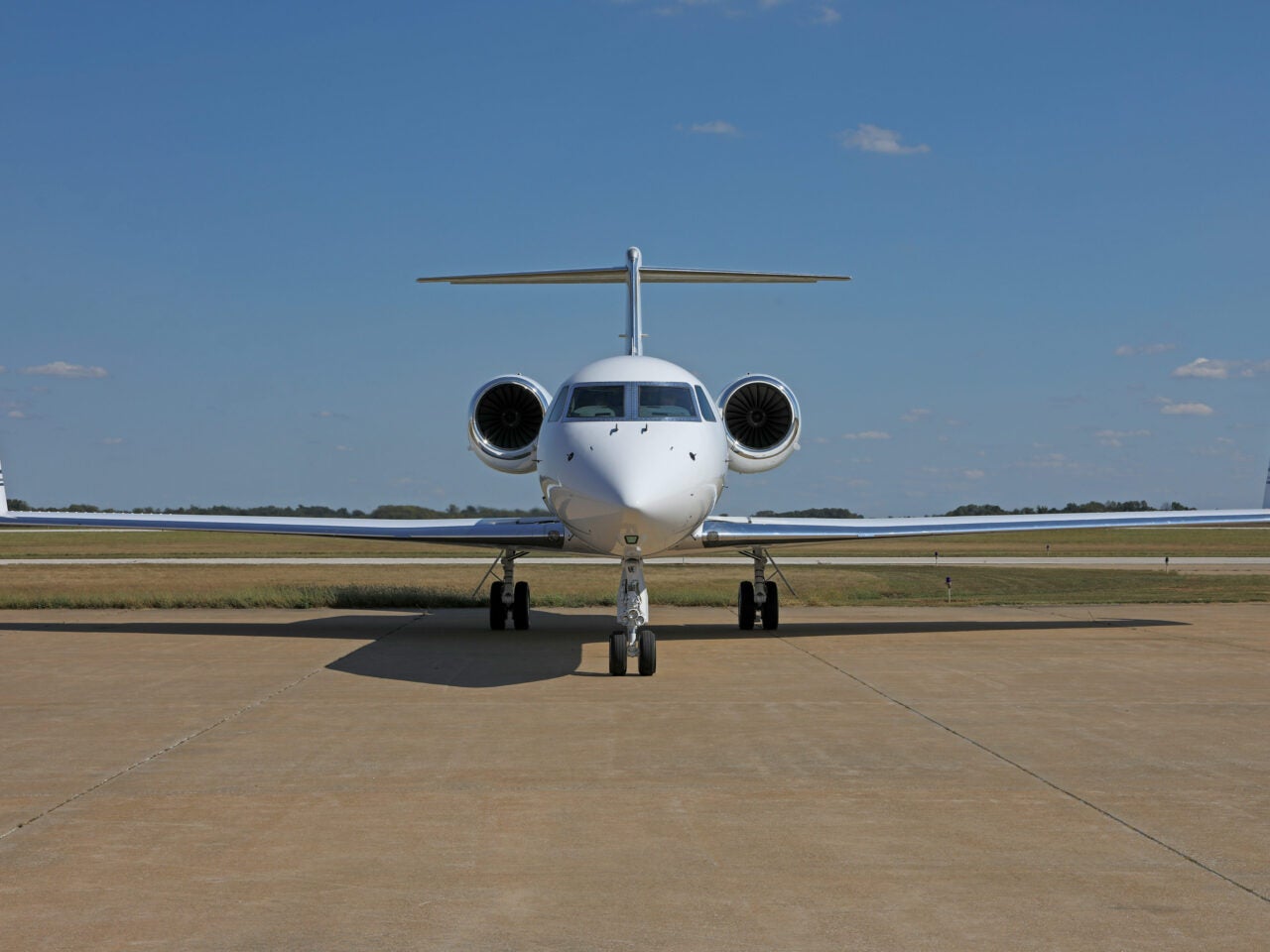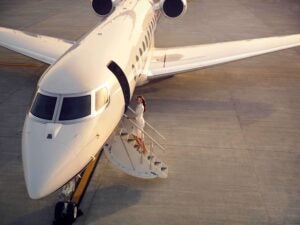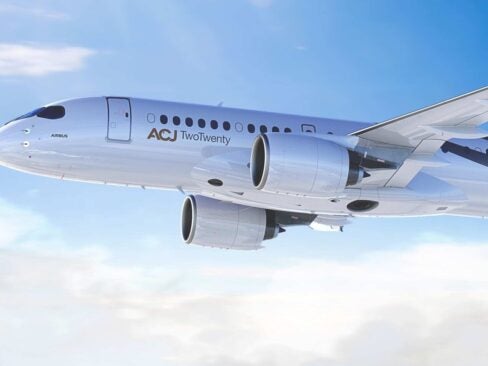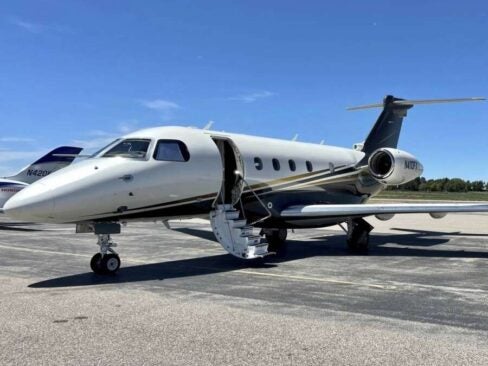When the singer Drake bought himself a flashy new plane recently, (a 767 300F), he boldly declared “No rental, no timeshare, no co-owners,” of his newest acquisition. Interestingly though, he opted for pre-owned instead of new.
Christened Air Drake, it’s a 22.7-year-old jet that formerly served as part of Saudi Arabia-based charter airline Mid East Jet’s fleet. Drake is absolutely in line with the current trend in private aviation – that when it comes to planes – old is gold.
Jetcraft, global leaders in private aviation and strategies, recently released the aviation industry’s first-ever Five-Year New and Pre-Owned Business Aviation Market Forecast, and accurately predicted the boom in pre-owned jets.
In today’s corporate world, business jet travel is evolving towards longer journeys – and there is a vast, engineering infrastructure going from strength to strength that keeps jets flying – as well as seamlessly integrating upgrades on pre-owned aircraft for new owners. Today’s jet owners are opting for larger, long-range pre-owned aircraft over smaller planes fresh off the production line.
In fact, it goes even further – Jetcraft predicts there will be four times more sales of pre-owned jets than new aircraft over the next five years.
While new jet deliveries over the next five years represent 3,444 units worth $90.5bn there will be 11,765 pre-owned aircraft sold at a total value of $61bn, highlighting the value and scale of the second-hand jet market.
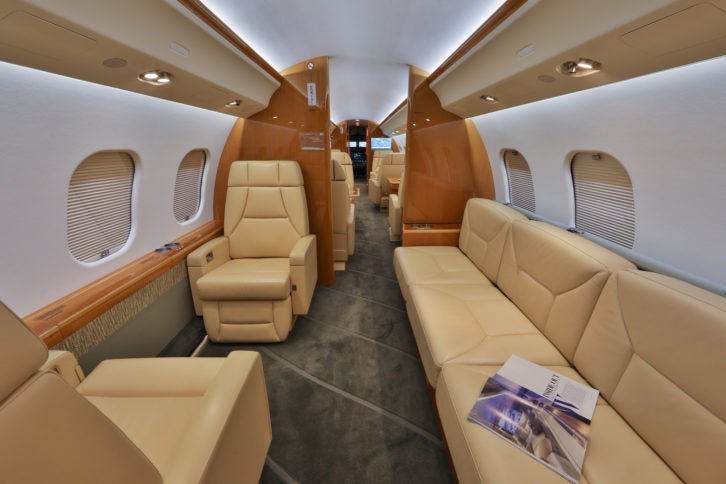 New deliveries are predicted to remain flat over the next five years, but the continued rise of used aircraft is welcome news for the industry that supports business jets through MROs and associated locations, resulting in a mini-boom in the technical infrastructure. These pre-owned transactions are growing at a proportionately faster rate than new deliveries, not least because it is getting easier and more affordable to refurbish aircraft, with an ownership experience of around five years. This, in turn, will release more jets back into the market and further expand the pre-owned category.
New deliveries are predicted to remain flat over the next five years, but the continued rise of used aircraft is welcome news for the industry that supports business jets through MROs and associated locations, resulting in a mini-boom in the technical infrastructure. These pre-owned transactions are growing at a proportionately faster rate than new deliveries, not least because it is getting easier and more affordable to refurbish aircraft, with an ownership experience of around five years. This, in turn, will release more jets back into the market and further expand the pre-owned category.
Jetcraft’s new market forecast is unique in that it is able to predict aircraft retirements and assign a value to the pre-owned market, digging down into the new economic reality in business aviation. This is that the pre-owned value proposition is growing, and buyers of a new Light jet can now buy a pre-owned Midsize jet for equal or less the price.
The Value for Money Case
It is undeniable that there has been a radical shift in the attitudes of business jet users towards purchasing jets. Experienced business jet users have realised they can get a used large jet for the same price as a brand-new small aircraft, and the rate of depreciation of a pre-owned aircraft is significantly less than for a new jet.
This is allied to an expanding market in competitively priced aircraft maintenance and repair services so the cost of ownership of a jet purchased for around $10m levels out over five years.
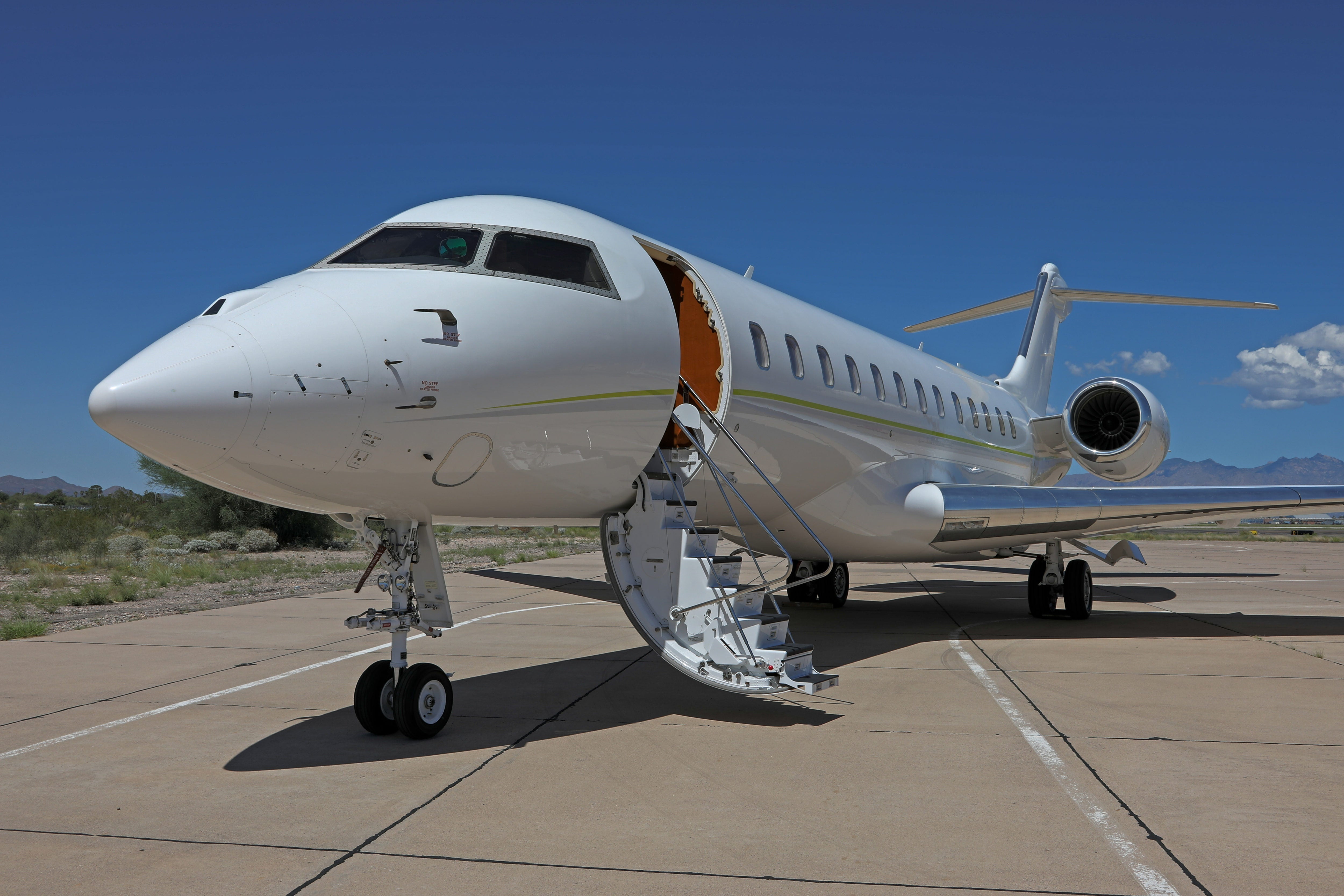
This gives the owner of the used aircraft a much bigger, more comfortable jet that can hop across oceans for the same cost as a new aircraft built for shorter routes. The attractions of used aircraft are mounting up.
Another fact worth noting is that business aircraft are living longer. The Market Forecast concludes that the average age of retirement for an aircraft is now 32 years old, as opposed to the previous industry average of 20 years; a calculation Jetcraft is the first to analyze and report for quite some time.
And while 3,444 new jets are predicted to be delivered between 2019 and 2023 only 1,051 will be retired. This means the global fleet of active business jets will grow from nearly 20,000 today to over 22,000 in 2023.
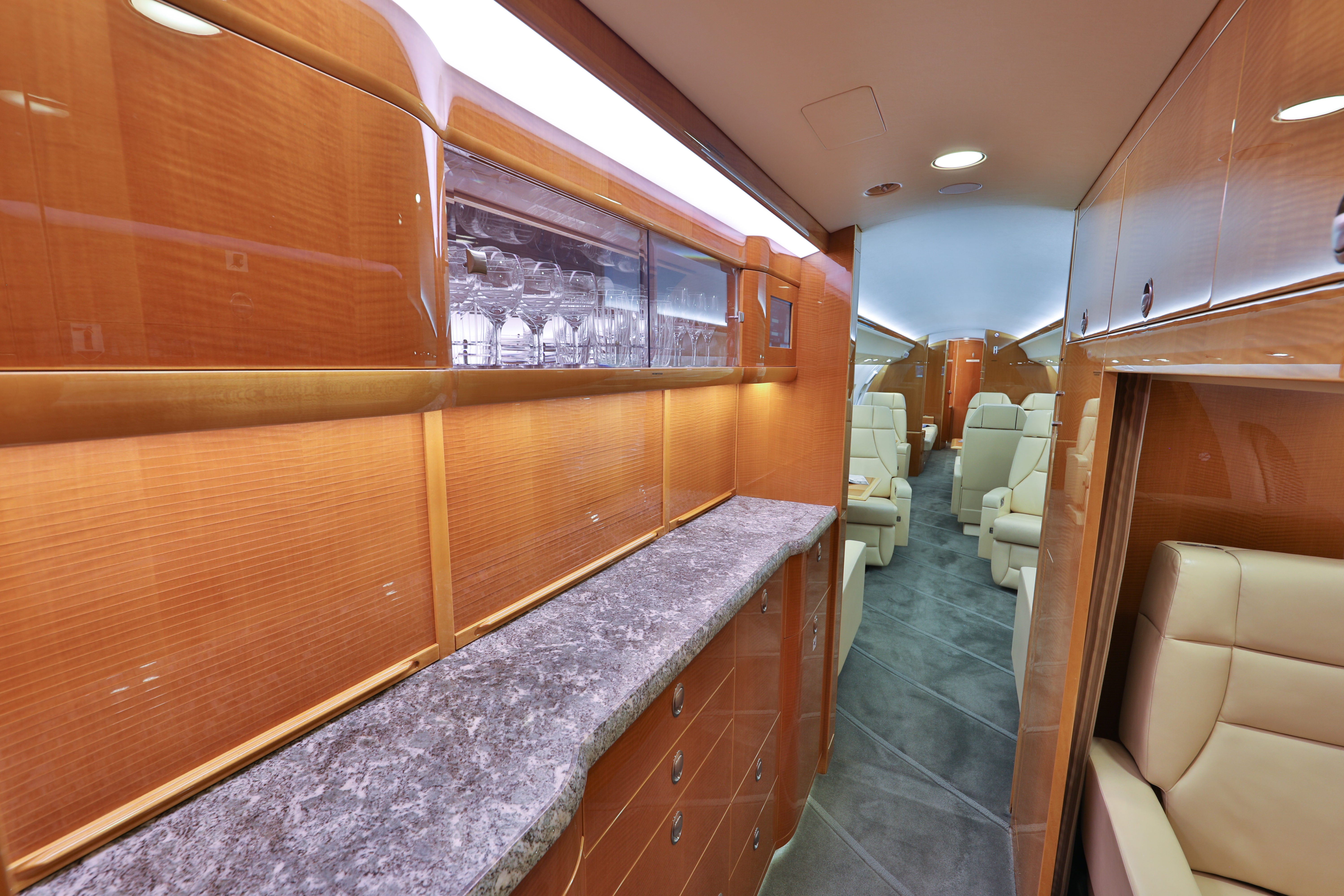 As used jets move up the wish-list of business users the demand for out-of-production aircraft, i.e. models that are no longer being built, is also growing. These planes are typically subject to high-quality refurbishments offering their new owners a jet that’s as good as new with all the obvious advantages of long-range and a large cabin.
As used jets move up the wish-list of business users the demand for out-of-production aircraft, i.e. models that are no longer being built, is also growing. These planes are typically subject to high-quality refurbishments offering their new owners a jet that’s as good as new with all the obvious advantages of long-range and a large cabin.
At the same time, manufacturers must adapt to a world where longer journeys expand the market for large jets at the cost of Light Jets. These Light Jets were once seen as the future of business jet travel but have had their wings clipped by the need to cover long distances. Only the larger jets can offer international customers the range they need to cover intercontinental flights. So, the light jet revolution has stalled as buyers beyond the US look for planes that can take on very long routes typical of Asia.
Of course, bigger, longer-range jets come with far more impressive price tags when new compared to Light Jets. But the rise in demand for pre-owned jets could undermine the new-build market.
The next five years looks to be a good time to be maintaining and renovating business jets.





